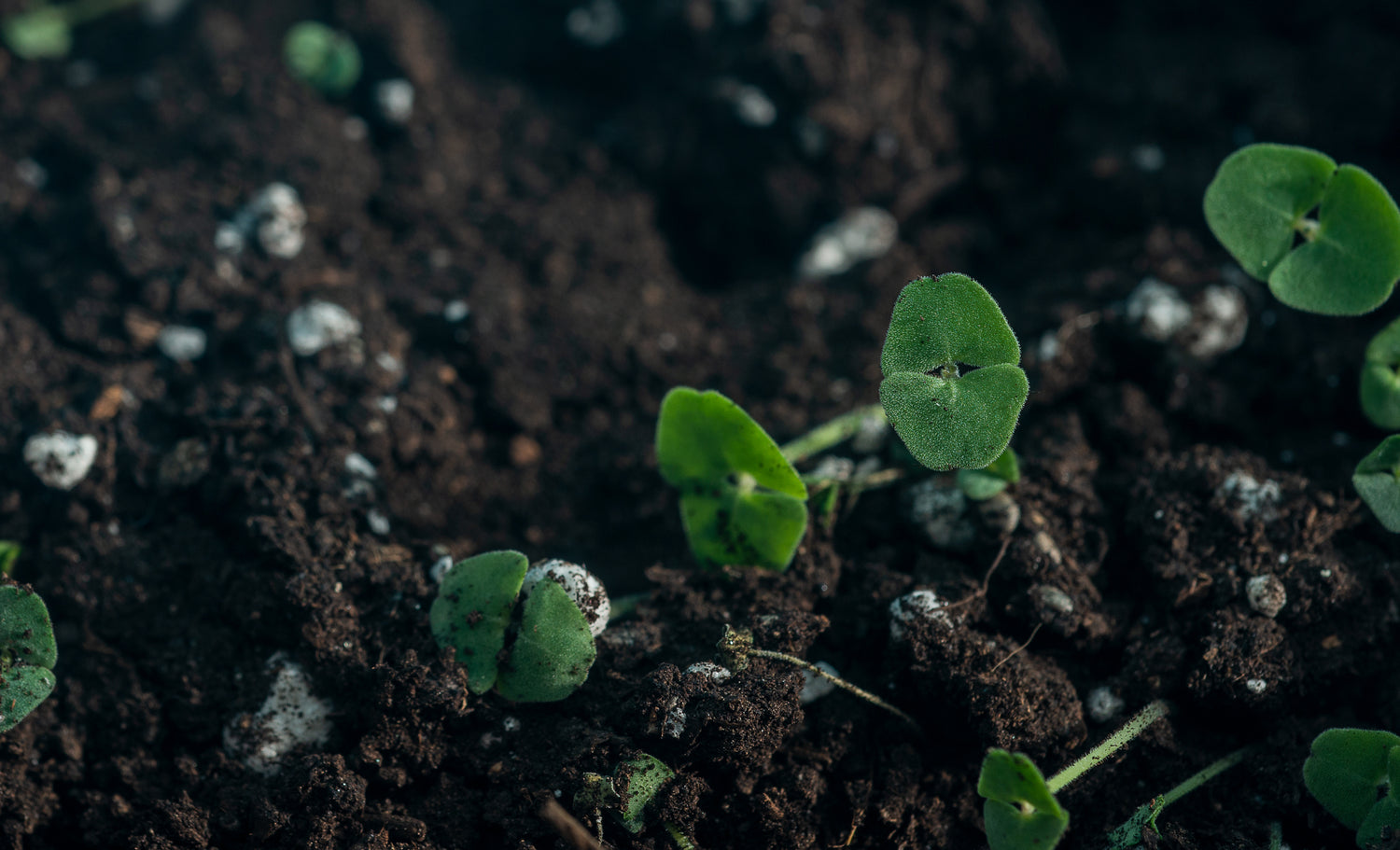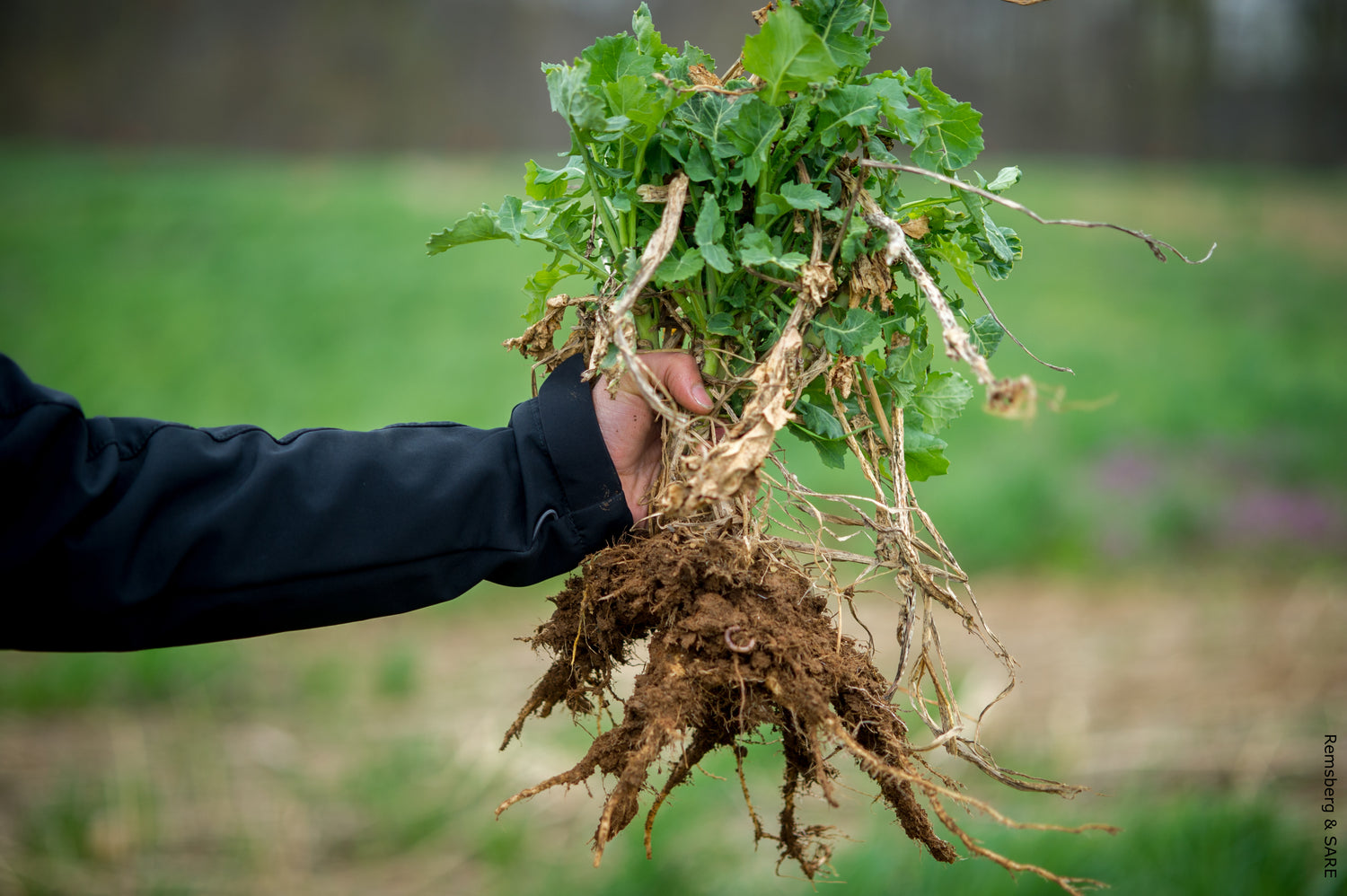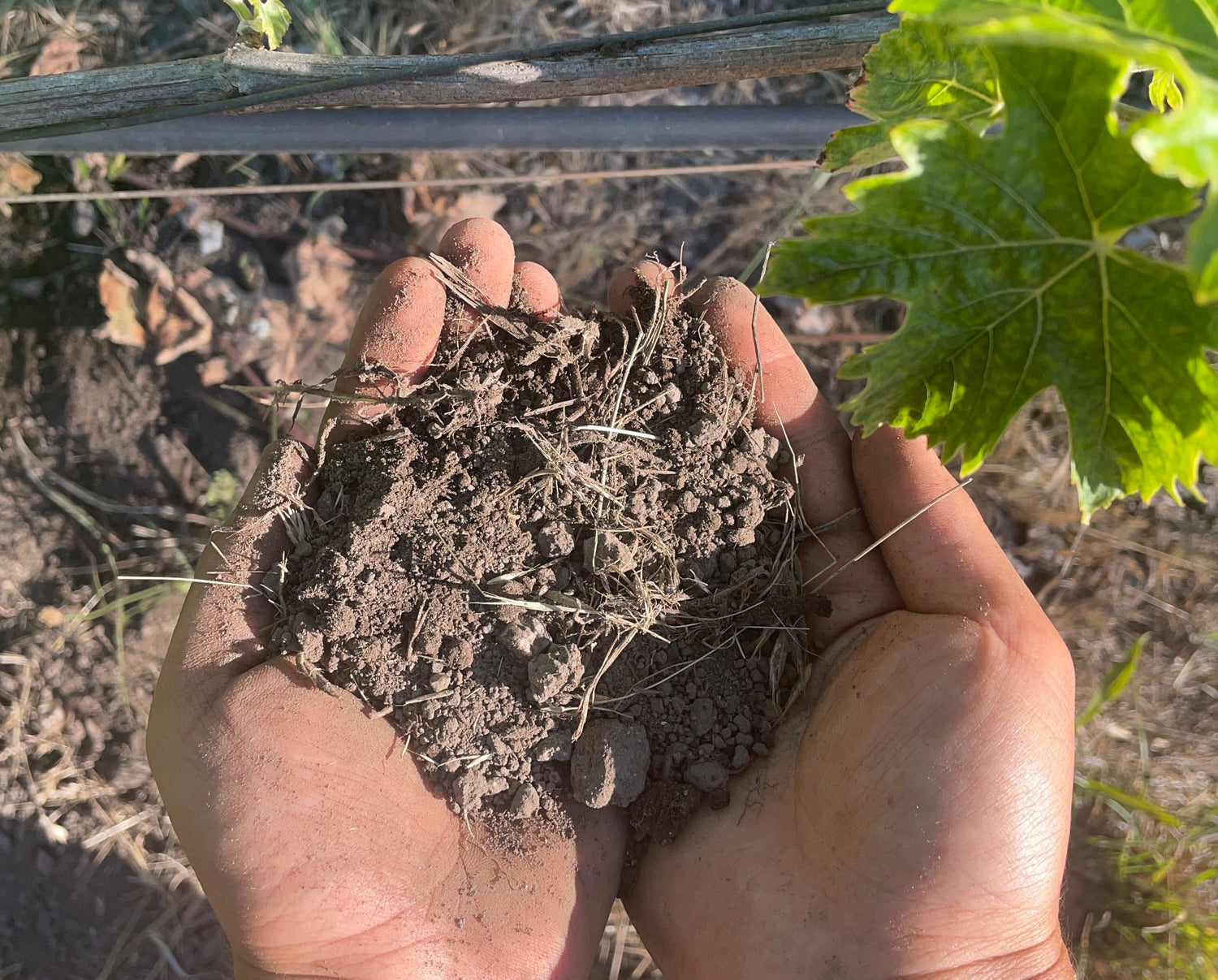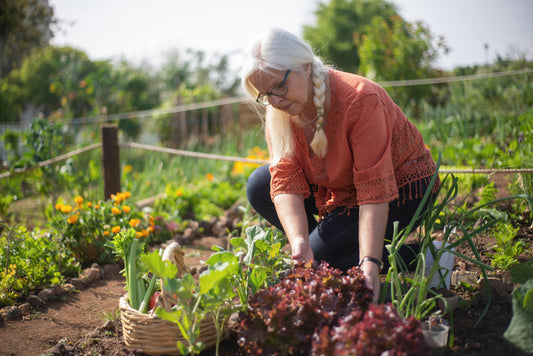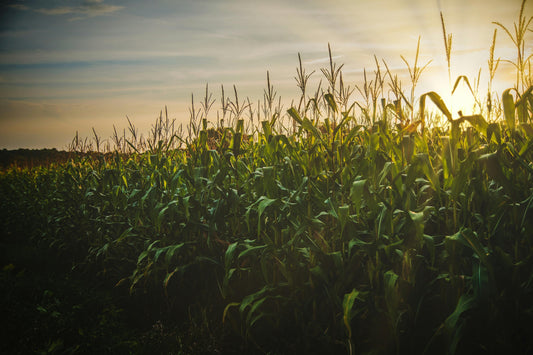San Diego County contains seven main soil types: coastal sandy soils, fertile alluvial soils, clay soils, volcanic soils, serpentine soils, mountainous rocky soils, and urban soils, each requiring specific management strategies for successful gardening, farming, and sustainable agriculture.
San Diego County Soil Types: Complete Guide for Gardening and Farming
San Diego County's seven distinct soil types each offer unique opportunities and challenges for farmers and gardeners, from coastal sandy soils requiring frequent irrigation to fertile alluvial soils perfect for intensive vegetable production.
San Diego County's diverse geography across 4,200 square miles creates distinct soil conditions that influence farming success, gardening productivity, and crop selection. Understanding these soil types enables farmers and gardeners to select appropriate crops, implement effective irrigation systems, and optimize soil management while creating productive, sustainable agricultural systems.
San Diego's Seven Primary Soil Types
The USDA Natural Resources Conservation Service Web Soil Survey documents numerous soil mapping units throughout San Diego County, each with distinct characteristics affecting crop selection, irrigation needs, and farm management requirements.
San Diego's Mediterranean climate, with mild winters and dry summers, combined with diverse topography from coastal plains to mountain peaks, creates unique soil conditions that require specialized management approaches for successful farming and gardening operations.
Coastal Sandy Soils
Coastal sandy soils dominate areas within approximately two miles of the Pacific Ocean, including communities like Pacific Beach, Mission Beach, and La Jolla. These soils formed from marine deposits and wind-blown sand, creating well-draining but nutrient-poor conditions that require careful management for successful crop production.
Characteristics: Excellent drainage, low water and nutrient retention, alkaline pH (7.5-8.5), potential salt accumulation from ocean spray, coarse texture that allows rapid water infiltration but quick drying.
Farming Strategies: Install drip irrigation systems to deliver water efficiently to crop root zones while minimizing waste. Add organic compost annually at rates of 2-4 cubic yards per 1,000 square feet to improve nutrient retention and soil structure. Select salt-tolerant crops like artichokes, asparagus, and certain herbs that thrive in coastal conditions. Use thick mulch layers to reduce evaporation and moderate soil temperature fluctuations.
Alluvial Valley Soils
Alluvial soils formed from river deposits along the San Diego River, Sweetwater River, and other water systems. These fertile soils represent the premium agricultural land in San Diego County, supporting intensive vegetable production, community gardens, and urban farming operations throughout Mission Valley and other river corridor areas.
Characteristics: High natural fertility, excellent nutrient retention capacity, moderate drainage, neutral pH (6.5-7.5), deep profile development from centuries of sediment accumulation, rich organic matter content.
Farming Strategies: Plant cover crops during fallow periods to prevent erosion and maintain soil biology. Use terracing on slopes exceeding 15% to prevent topsoil loss during winter rains. These soils excel for intensive vegetable production including tomatoes, peppers, leafy greens, and root vegetables. Implement crop rotation systems to maximize soil health and prevent pest buildup. Apply compost annually to maintain organic matter levels and soil structure.
Clay Soils
Clay soils occur throughout inland valleys including communities like La Mesa, El Cajon, Santee, and Poway. These soils retain water and nutrients effectively but require careful management to prevent compaction and drainage problems that can limit crop production and root development.
Characteristics: Slow drainage during wet periods, high nutrient and water retention capacity, susceptible to compaction when worked wet, slightly acidic to neutral pH (6.0-7.0), excellent for permanent crop systems.
Farming Strategies: Conduct annual soil aeration using core aerators to improve oxygen penetration and reduce compaction. Apply gypsum at 2-4 pounds per 100 square feet to improve soil structure and drainage. Add organic matter regularly through compost applications to increase porosity and biological activity. Time field operations carefully to avoid working soil when wet. Consider permanent bed systems with defined pathways to minimize soil compaction from foot traffic and equipment.
Volcanic Soils
Volcanic soils in North County areas like Fallbrook, Ramona, and Valley Center originated from ancient volcanic activity. These mineral-rich soils support San Diego's major agricultural industries including avocado groves, citrus orchards, and specialty crop production, representing some of the most productive agricultural land in the county.
Characteristics: High mineral content providing natural fertility, excellent drainage properties, naturally balanced pH (6.0-7.0), good structure for root development, high cation exchange capacity for nutrient retention.
Farming Strategies: Construct terraces on slopes exceeding 10% to prevent erosion of this valuable topsoil. Focus on water conservation through efficient irrigation and mulching rather than heavy fertilization, as these soils rarely need supplemental nutrients. Ideal for tree crops like avocados, citrus, and stone fruits. Use cover crops in orchard systems to prevent erosion and add organic matter. Monitor for specific micronutrient deficiencies that may occur despite overall high fertility.
Serpentine Soils
Serpentine soils occur in scattered locations throughout eastern San Diego County, derived from serpentine bedrock. These unique soils support specialized plant communities adapted to challenging growing conditions and require different management approaches than conventional agricultural soils.
Characteristics: Low nutrient availability, shallow soil depth, high magnesium content relative to calcium, neutral to alkaline pH (7.0-8.0), supporting unique endemic plant species, challenging conditions for conventional crops.
Management Strategies: Plant native species specifically adapted to serpentine conditions rather than attempting conventional agriculture. Consider specialty herb production with plants adapted to low-nutrient conditions. Avoid fertilization, which can disrupt the specialized plant communities that have evolved in these unique soil conditions. Focus on soil conservation and erosion prevention rather than productivity enhancement.
Mountainous Rocky Soils
Rocky mountain soils in areas like Palomar Mountain, Cuyamaca Rancho State Park, and other highland regions contain high percentages of rock fragments and support diverse forest ecosystems. These soils present unique challenges for agriculture but offer opportunities for specialized production systems.
Characteristics: Shallow depth to bedrock, excellent drainage, high rock content limiting rooting volume, acidic pH (5.5-6.5), supporting native forest vegetation, limited agricultural potential.
Management Strategies: Apply mulch layers to reduce water loss and prevent erosion on steep slopes. Focus on native plant cultivation rather than conventional agriculture. Consider specialty forest products like mushroom cultivation or native plant nursery operations. Implement terracing for any small-scale growing areas to prevent soil erosion. Use raised beds or container systems for vegetable production in areas with suitable access and water availability.
Urban Modified Soils
Urban soils throughout developed areas of San Diego have been significantly altered by construction activities, often containing fill materials, debris, and potential contaminants while lacking natural soil structure and organic matter content necessary for productive agriculture.
Characteristics: Highly variable composition, frequent compaction from construction equipment, low organic matter content, potential contamination from industrial activities, variable pH depending on fill materials used, often poor drainage due to compaction.
Farming Strategies: Conduct comprehensive soil testing for heavy metals and other contaminants before establishing food production areas. Use raised bed systems with certified clean soil for vegetable production. Add compost annually at high rates (4-6 cubic yards per 1,000 square feet) to rebuild soil biology and improve structure. Install drainage systems where necessary to address compaction issues. Consider container gardening for immediate production while soil remediation occurs.
Soil Testing and Analysis for Agriculture
Professional soil testing provides essential information for managing San Diego's diverse soil conditions effectively. UC Agriculture and Natural Resources emphasizes the importance of comprehensive soil testing for agricultural and gardening applications.
Essential Testing Parameters
Standard soil tests should evaluate pH levels affecting nutrient availability, organic matter content influencing water retention and soil structure, and basic nutrients including nitrogen, phosphorus, potassium, calcium, magnesium, and sulfur. Advanced testing should include micronutrient analysis and cation exchange capacity measurements for intensive production systems.
Sampling Procedures
Collect soil samples from multiple locations within each management area at appropriate root depth (typically 6-8 inches for annual crops, 12-18 inches for perennial crops). Mix samples thoroughly in a clean container, remove debris, air-dry if necessary, and submit to certified laboratories following specific collection and handling instructions.
Local Soil Sampling Supplies
Several San Diego garden centers carry soil sampling tools and testing supplies for farmers and gardeners:
- Armstrong Garden Centers - 1364 Morena Blvd, San Diego, CA 92110
- Green Gardens Nursery - 4910 Cass St, San Diego, CA 92109
- City Farmers Nursery - 3110 Euclid Ave, San Diego, CA 92105
- Armstrong Garden Centers - 10320 Friars Rd, San Diego, CA 92120
- Walter Andersen Nursery - 3642 Enterprise St, San Diego, CA 92110
These locations typically stock soil augers, pH test kits, sampling containers, and can provide guidance on proper sampling techniques for different soil types.
Testing Frequency
Test agricultural soils annually for intensive vegetable production and every 2-3 years for established orchards and permanent crops. Monitor changes in soil chemistry, organic matter levels, and nutrient availability to adjust management practices accordingly.
Irrigation Management by Soil Type
Different soil types require specific irrigation approaches to maximize water efficiency while maintaining optimal growing conditions for crops and preventing soil degradation.
Sandy Soil Irrigation
Sandy soils require frequent, light irrigation applications to match their rapid drainage characteristics. Use drip irrigation with short, frequent cycles (15-20 minutes, 2-3 times daily during peak season) and install moisture sensors to prevent over-watering and nutrient leaching. Apply water slowly to allow infiltration and minimize runoff.
Clay Soil Water Management
Clay soils benefit from slower water application rates to allow deep penetration without creating runoff or surface pooling. Use longer, less frequent irrigation cycles (45-60 minutes, once daily or every other day) and install drainage improvements where waterlogging occurs during winter rains. Monitor soil moisture at multiple depths to ensure adequate water penetration.
Alluvial Soil Irrigation
Alluvial soils provide excellent water retention with moderate drainage, making them ideal for efficient irrigation management. Use moderate irrigation cycles (30-45 minutes, once daily) with good scheduling based on crop needs and weather conditions. These soils respond well to mulching and cover cropping for moisture conservation.
Crop Selection for San Diego Soil Types
Selecting appropriate crops for each soil type maximizes production potential while minimizing inputs and management challenges. Understanding soil-crop relationships enables farmers and gardeners to make informed decisions about what to grow where.
Coastal Sandy Soil Crops
Coastal sandy soils support salt-tolerant crops including artichokes, asparagus, Mediterranean herbs like rosemary and thyme, and certain root vegetables like carrots and radishes that benefit from the loose soil structure. Focus on crops that can handle rapid drainage and benefit from good aeration.
Alluvial Valley Soil Crops
Fertile alluvial soils excel for intensive vegetable production including tomatoes, peppers, leafy greens, brassicas, and root vegetables. These soils support high-value crops that benefit from excellent nutrient retention and balanced drainage. Consider succession planting and intensive production systems to maximize returns.
Clay Soil Crops
Clay soils work well for permanent crop systems including fruit trees, berry bushes, and perennial vegetables like asparagus and artichokes. Deep-rooted crops benefit from the excellent water and nutrient retention while established root systems can handle the slower drainage characteristics.
Volcanic Soil Crops
Volcanic soils are ideal for tree crops including avocados, citrus, stone fruits, and nuts. These soils support premium crop production with minimal fertilization requirements. The excellent drainage prevents root rot while high mineral content provides natural fertility for long-term production systems.
Sustainable Soil Management Practices
Implementing sustainable soil management practices protects San Diego's soil resources while supporting productive agriculture and gardening operations over the long term.
Organic Matter Enhancement
Regular compost additions improve soil structure, water retention, and biological activity across all soil types. Application rates vary from 2-4 cubic yards annually for sandy soils to 1-2 cubic yards for clay soils, incorporated to appropriate depths. Use high-quality compost that meets organic standards for food production.
Cover Cropping Systems
Plant cover crops during fallow periods to prevent erosion, add organic matter, and maintain soil biology. Leguminous cover crops like crimson clover and vetch provide additional nitrogen benefits while protecting soil structure. Choose cover crop species appropriate for your soil type and climate conditions.
Erosion Prevention
Install terracing on slopes exceeding 15% to reduce erosion during winter storms. Use contour planting to slow water flow and establish permanent vegetation cover on sensitive slopes to prevent soil loss. Implement buffer strips around water sources to protect water quality.
Integrated Pest Management
Healthy soils support strong plant immune systems and beneficial organisms that naturally control pest populations. Focus on building soil biology through compost applications, diverse crop rotations, and minimal tillage practices that preserve soil structure and beneficial microorganisms.
Professional Resources and Support
San Diego County offers numerous resources for soil management guidance, testing services, and technical assistance to support successful farming and gardening projects.
UC Cooperative Extension San Diego County provides research-based information on soil management, crop selection, and sustainable agriculture practices specifically adapted to local conditions.
The USDA Natural Resources Conservation Service offers technical assistance and cost-share programs for implementing soil conservation practices on agricultural lands throughout San Diego County.
Local Resource Conservation Districts provide educational programs, soil testing services, and technical guidance for soil management and conservation practices tailored to specific soil types and farming operations.
Sources
- USDA Natural Resources Conservation Service. Web Soil Survey. https://websoilsurvey.nrcs.usda.gov/app/
- UC Agriculture and Natural Resources. Urban Agriculture Soils. https://ucanr.edu/sites/UrbanAg/Production/Soils/
- UC Agriculture and Natural Resources. Urban Agriculture Program. https://ucanr.edu/sites/UrbanAg/
- USDA Natural Resources Conservation Service. Conservation Programs. https://www.nrcs.usda.gov/conservation/private-lands/programs
- UC Agriculture and Natural Resources. Soil Quality and Fertility. https://ucanr.edu/sites/UrbanAg/Production/Soils/Soil_Quality_and_Fertility
- California Department of Food and Agriculture. Soil Health. https://www.cdfa.ca.gov/oefi/healthy-soils/
- Rodale Institute. Soil Health Practices. https://rodaleinstitute.org/why-organic/organic-basics/soil-health/
- UC Agriculture and Natural Resources. Sustainable Agriculture Research. https://ucanr.edu/sites/Sustainable_Agriculture/







